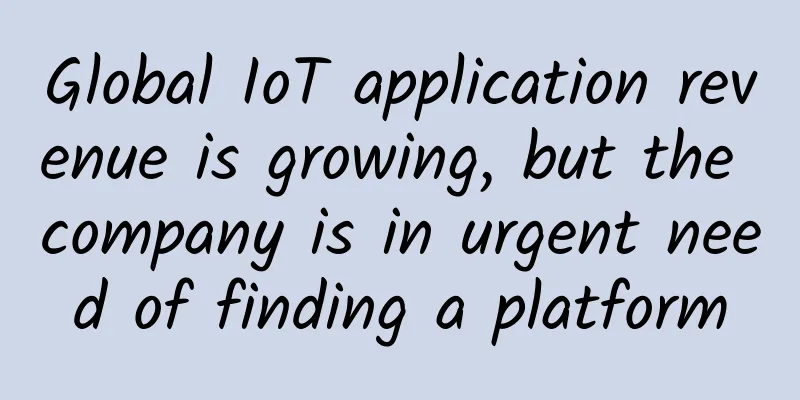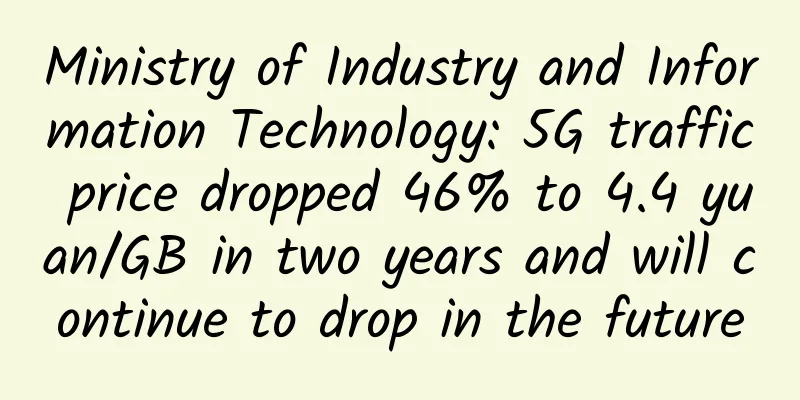These seven technology topics are the hottest in 2018. If you don’t know them, you’ll be out of date

|
USA Today reported that from ultra-fast 5G wireless networks to augmented reality (AR), the development of at least seven emerging technology trends in 2018 has attracted much attention. Almost all of them use machine learning and artificial intelligence (AI) technology improvements. Some are already familiar to us. This year is a critical time point for whether the related markets can take off. 5G The next generation of high-speed wireless networks, or 5G, has long been heralded by industry insiders, and some consumers will finally get their first taste of 5G's potential in 2018. 5G will face its first major test at the Pyeongchang Winter Olympics in February; U.S. telecom operator Verizon plans to launch 5G services in five domestic markets this year, and AT&T is also actively testing it. But don’t expect super-fast phones that can take advantage of 5G networks to start arriving in droves this year. 5G will initially be used for “fixed wireless access,” essentially a replacement for the broadband internet you use at home today. Mobile 5G won’t be available until later, but once it’s on the road, it will dramatically increase wireless speeds, affecting everything from self-driving cars and the Internet of Things (IoT) to virtual reality and telemedicine.
Digital assistants are everywhere Many Americans are already familiar with voice assistants such as Amazon Alexa or Google Assistant. These voice-controlled systems can not only report news and weather, play music and answer users' questions, but are also gradually becoming helpers in managing smart homes. Looking ahead to 2018, these AI digital assistants - which also include Microsoft's Cortana, Apple's Siri and Samsung's Bixby - will become more ubiquitous, built into TVs, refrigerators, smart watches, headphones, cars, and even enter the workplace. At the upcoming Consumer Electronics Show (CES) in Las Vegas, we can expect to see more and newer application examples. What will be the direction of digital assistants this year? It is foreseeable that they will sound more like human voices, and interacting with them will be more like real conversations. These digital assistants will also have a deeper understanding of users, including their emotions, what tasks they want to be assigned, etc. Voice-controlled shopping will also further develop into the "fourth sales channel" after physical stores, online and mobile shopping. The smart speakers activated by these voice-controlled systems are also a product category worthy of attention. The most anticipated ones are Apple's belated HomePod and Samsung's Bixby, which may be launched around the middle of the year. Enhanced Listening The most prominent feature of Google's first wireless headset, Pixel Buds, is that it supports real-time language translation through the Google Translate app. Michael Björn, head of Ericsson's research department, said in the "2018 Hot Consumer Electronics Trends" report that augmented hearing will open up more possibilities for improved technology. For example, noise-cancelling technology has been used in headphones for many years to reduce background noise. But is it possible for headphones to recognize which people in the room you want to hear more clearly, or which people you want to mute? Bjorn believes that in order for this development to become a reality, headphones must be given the ability to recognize the user's intentions and give users more direct control. In the future, even if the person next to you snores loudly, you may not have to worry about it. You can really "turn a deaf ear" by wearing headphones. Augmented Reality 2018 may also be the year when augmented reality (AR) accelerates its development. Apple and Google have launched the "ARKit" and "ARCore" developer platforms respectively, and Amazon, Facebook and Microsoft are also working hard to develop AR. It is foreseeable that at CES 2018, AR will surely become the focus of attention, and various AR-related apps will emerge like mushrooms after rain, changing the experience of using mobile devices. AR experiences allow users to interact with virtual characters and digital objects. The mobile game Pokémon Go, which became a global craze in the summer of 2016, gave the world its first AR experience. This year, AR is expected to appear in many games and e-commerce apps that users often use as an additional function. Smart glasses such as Google Glass and Snap Spectacles have received a lukewarm response in the market, but if they introduce AR functions, they may make a comeback in the market. As for whether the time of return will be in 2018, it remains to be seen. Companion Robot Today’s home robots are toys or designed to perform a single task, like the Roomba and other vacuum cleaners. But a wave of new robots, like Mayfield Robotics’ Kuri, Blue Frog Robotics’ “Buddy” and Jibo’s eponymous robot, could change that. Such social robots might help take family photos, remind grandma when to take medicine, or read fairy tales to children. At the same time, it is not difficult to imagine that digital voice assistants can help robots become smarter and more human. Edge Computing Over the past decade, cloud computing has had a profound impact on contemporary society. In cloud computing architecture, computer computing is largely concentrated on the Internet, also known as the cloud. However, the Internet of Things, connected sensors, self-driving cars, drone delivery, etc. are driving the hottest topic in the current technology circle, namely edge computing. According to Wikipedia's definition, edge computing "is a distributed computing architecture that moves the computing of applications, data and services from the central nodes of the network to the edge nodes of the network logic for processing." No one is saying cloud computing is going away, but TECHnalysis Research analyst Bob O'Donnell claims that if the trend does shift toward edge computing, it will be a major development that "changes everything" in terms of computing architectures and the way objects are built and how we interact with them. Biometrics Apple's new flagship smartphone, iPhone X, has boldly abandoned the "Touch ID" fingerprint scanner and replaced it with another biometric technology, the "Face ID" facial recognition system. It is not yet known whether future iPhone models will also abandon "Touch ID", but it would not be surprising if it were to happen. Currently, the top-end Samsung Galaxy phones still allow users to authenticate their identities with fingerprints, while also providing iris scanning and facial recognition functions. Recently, it was reported that Samsung has applied for a patent for a palm print recognition technology it has developed. The Galaxy S9 phone, which is scheduled to be launched in the first half of this year, may not be ready for users to unlock their phones with their palm prints. However, the technology industry is changing rapidly and anything can happen. |
<<: Core Network Evolution (RCAF, PFDF and TSSF) - 3GPP REST API
>>: These 8 technologies may disrupt 2018
Recommend
Industrial Ethernet Market Expected to Exceed $350 Billion by 2032
The Industrial Ethernet market will grow from a c...
After 6G, will there be 7G and 8G?
But in any case, from 1G to 5G, it has developed ...
Aeraki Series: How to set local rate limiting rules
Aeraki can help you manage any Layer 7 protocol i...
Current status of Chinese domain names: low application level and potential security risks
Recently, at the Second China Domain Name Develop...
How to use Layer 3 switches to build enterprise VLANs
The expansion of enterprise scale has led to the ...
Huawei launches new smartphone exclusively for trendy teenagers - Huawei Enjoy 10S makes you unique
This afternoon, Huawei officially released its ne...
Things about UDP protocol
UDP (User Datagram Protocol) protocol, translated...
Ministry of Industry and Information Technology: By the end of 2021, more than 600,000 new 5G base stations will be built and more than 20 gigabit cities will be built
[[390193]] On March 24, the Ministry of Industry ...
IPv6: Why should I make up for the mistakes made by IPv4?
IPv6 should have been developed greatly in the pa...
PacificRack: $12/year KVM-1GB/20GB/2TB/Los Angeles Data Center
PacificRack is a domain name under QN Data Center...
Paving the way to a secure and automated multi-cloud with SD-WAN
Enterprises around the world are rapidly transfor...
Why is your internet speed still so slow after using CDN? Here are 4 reasons!
CDN, or Content Delivery Network, is designed to ...
2018 Edge Computing Industry Alliance starts a new journey! Huawei promotes technological innovation and accelerates commercial implementation
[51CTO.com original article] Recently, the 2018 E...
These core Internet protocols are gradually changing
The Internet we are familiar with used to mainly ...
In the digital economy era, operators focus on technological innovation to optimize and upgrade digital infrastructure
The State Council recently issued the "14th ...









